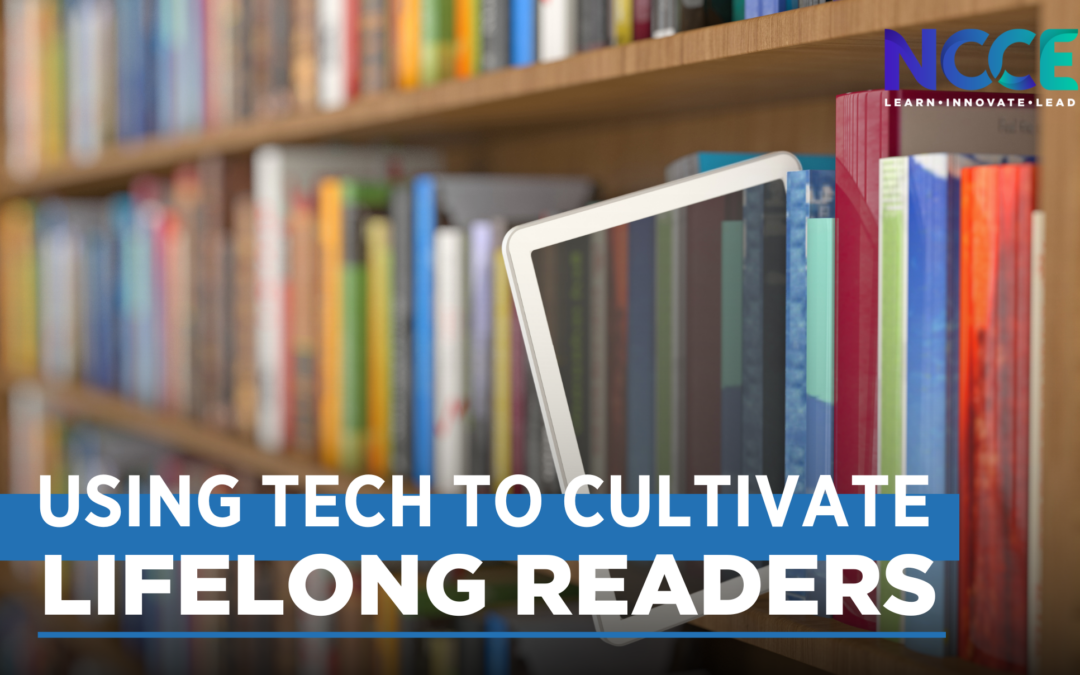As technology continues to reshape educational methodologies, a pressing question looms over the future of reading and literacy: do digitized practices hinder students’ learning experiences? Is there a disconnect between technology and the traditional medium of books? At NCCE (Northwest Council for Computer Education), we staunchly advocate that technology isn’t a barrier; rather, it serves as a gateway, facilitating a closer relationship between students and the world of books.
While print books still hold their own among students today, the digital landscape of literature offers unique advantages previously inaccessible. Digital books introduce innovative features such as dyslexic font, search capabilities, and instant access to definitions. Yet, amidst this abundance, there is concern over the saturation of the book market. The rapid expansion of technology makes it challenging for consumers to discern between quantity and quality.
NCCE endeavors to lead and educate teachers and students by helping them find and use premium reading materials in various formats, for bolstering student success. Technology can bring the imaginative world of stories directly to your students’ fingertips, and our goal at NCCE is to create new generations of lifelong readers.
Navigating the World of Tech: Tips to Keep in Mind:
Tip 1: Learn about students’ interests to give them a choice in what they read.
One of the most powerful aspects of technology in cultivating readers is the ability to cater to individual interests, increasing the likelihood of finding something that truly resonates with your students and ignites their curiosity. With modern technology, you are no longer limited to what is available in the local library or bookstore. After determining students’ passions and preferences, educators can empower them to choose reading material that engages them. You can utilize a tool such as Kahoot to poll the class and assess student interest while constructing a classroom library or employ virtual exit slips to gauge topics students wish to explore further.
Tip 2: Provide access to a wide variety of texts.
With technology at their fingertips, students can access a vast array of reading material from across the globe. From classic literature to contemporary essays, the digital landscape offers endless possibilities for exploration. Educators are crucial in guiding students toward high-quality content and fostering critical thinking skills.
There are many resources available such as the Gutenberg Project, offering classic books, as well as options like Overdrive, Sora, Simon Team, The Bluford Series (for high school students), Free Kids Books, Barnes and Noble Free Kids eBooks, Children’s Storybooks Online, Libby, and so much more, all of which give students the freedom to choose their reading material in digital formats. Plus, many of these programs can be linked up with your local public library’s digital resources, expanding the selection even further. Organizations like the American Library Association (ALA) promote initiatives like D.E.A.R. (Drop Everything and Read), a month-long celebration in April that encourages people of all ages to prioritize reading in their lives.
Tip 3: Make use of e-books
E-books are real game-changers for students. NCCE strongly advocates for educators to integrate these electronic resources into their teaching plans. Not only do they save space and time, but many states also provide free universal access to digital archives for residents. For instance, state online libraries can be a treasure trove of free Gale databases.
Another perk of e-books is their affordability—some titles are less expensive than their physical counterparts. What’s more, there’s no limit to how many people can check out the same e-book at once, broadening access to its content. One great place to start are collections like these that you may have access through in your state or district, Sora Starter Collections.
Tip 4: Set aside time for reading in class.
Even in a digital age, carving out dedicated time for reading remains essential. Whether it’s independent reading sessions or classroom read-alouds, creating space for literature enhances students’ appreciation for books. To ensure every student is engaged, consider utilizing the video presentation tools. Some tools even allow you to pair an audio recording of a read-aloud and subsequent discussion with images of the book pages, catering to various learning styles.
Tip 5: Encourage students to connect with others and share their reading experiences.
Building a reading community is crucial for nurturing a love for literature. Platforms like Goodreads and Biblionasium provide avenues for students to connect with fellow readers, share recommendations, and engage in discussions. By fostering a sense of community around reading, educators can create an environment where students feel supported and motivated to explore new books.
Student-led book talks and previews, akin to movie trailers, are popular methods for students to spread enthusiasm about their reading journeys and recommend specific titles to their peers. Additionally, platforms like StoryGraph excel in providing tailored reading suggestions and offer a user-friendly interface for a seamless browsing experience.
At NCCE, we are committed to empowering educators with the tools and resources they need to create meaningful student reading experiences. Together, let’s harness the power of technology to inspire the next generation of lifelong readers. To learn more about how we can help equip you and your students with the right tools for a rich educational experience, please visit our website or contact us today.

